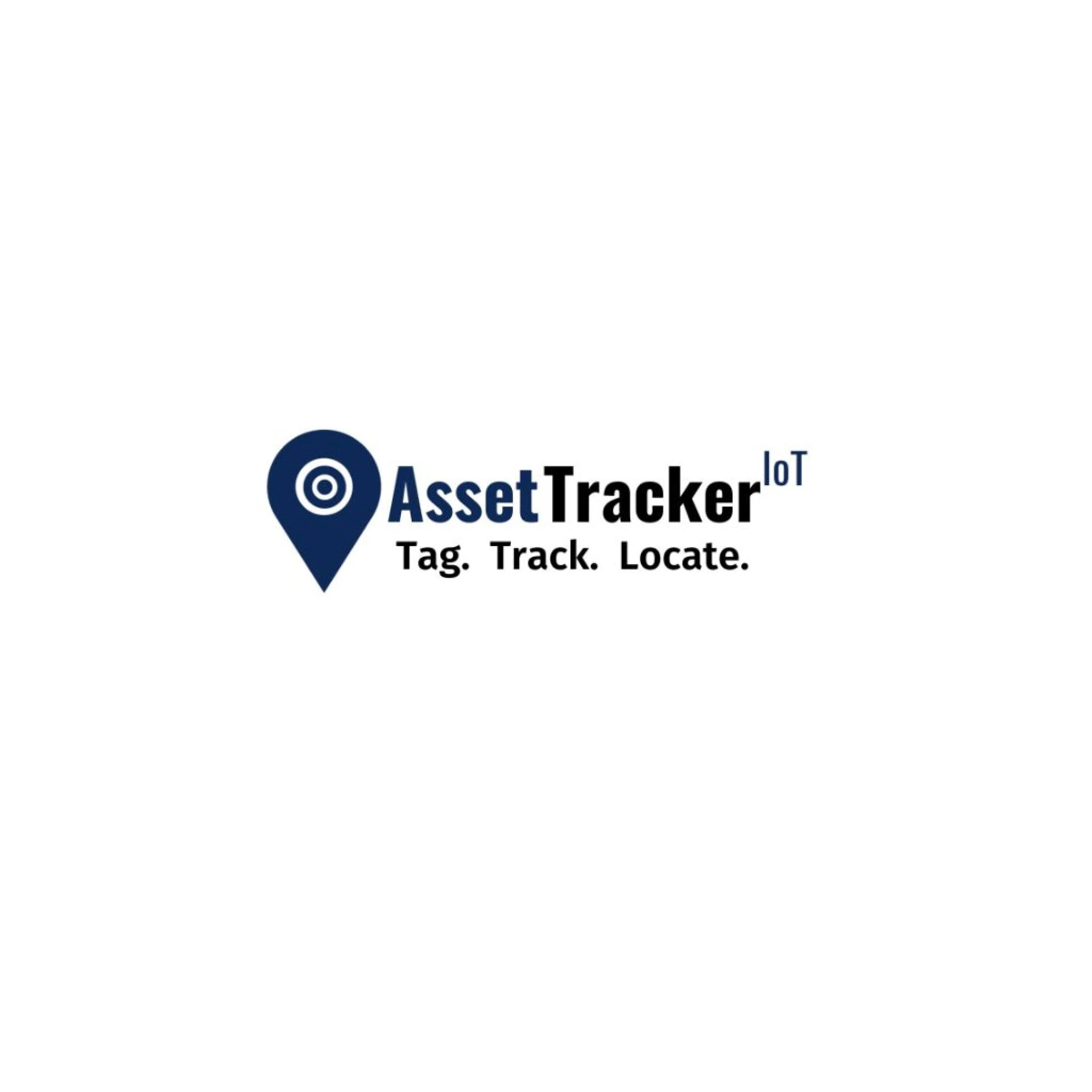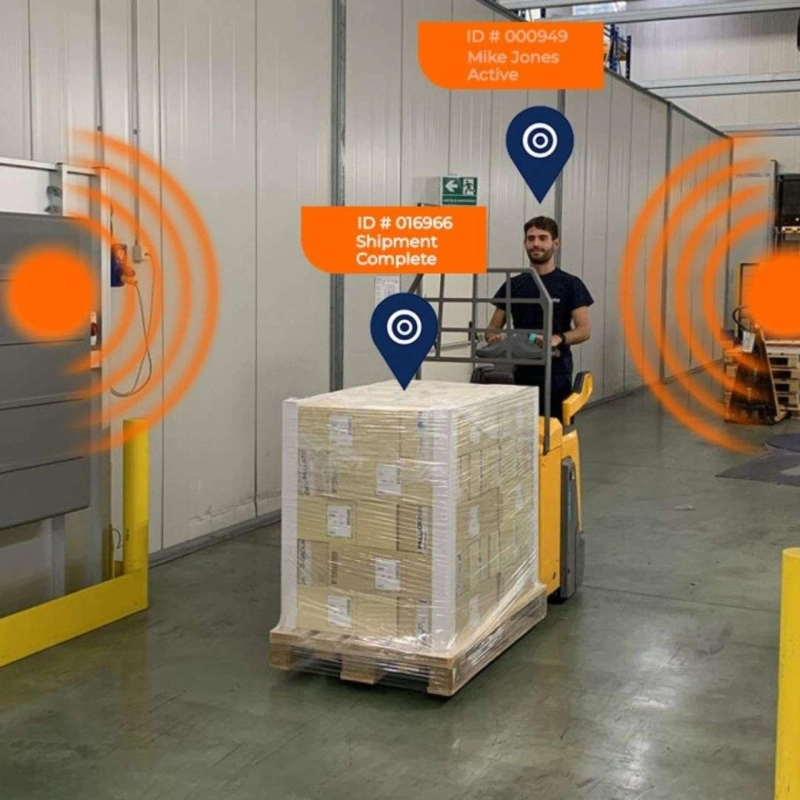RFID (Radio Frequency Identification) technology has become an essential tool for businesses seeking to streamline their inventory management processes. By utilizing RFID systems, organizations can significantly reduce the time spent on inventory counting and improve overall operational efficiency. This article explores seven key ways RFID technology can minimize inventory counting times.
- Automated Data Capture
One of the primary advantages of RFID technology is its ability to automate data capture. Unlike traditional barcode scanning, which requires direct line-of-sight and manual scanning of each item, RFID systems can read multiple tags simultaneously from a distance. This capability allows for rapid data collection, significantly reducing the time needed for inventory counts.
- Real-Time Inventory Tracking
RFID technology enables real-time tracking of assets and inventory. With RFID readers placed strategically throughout a facility, businesses can continuously monitor the movement and status of their inventory. This real-time visibility helps organizations maintain accurate inventory levels and reduces the need for extensive manual counting processes.
- Increased Accuracy
Manual inventory counting is prone to human error, which can lead to discrepancies and inaccuracies in inventory records. RFID technology minimizes these errors by providing automated, precise data capture. Each RFID tag contains a unique identifier that ensures accurate tracking of individual items. This increased accuracy not only streamlines inventory management but also enhances overall operational efficiency.
- Faster Inventory Audits
Conducting inventory audits can be a time-consuming process, especially in large warehouses or retail environments. RFID technology simplifies this task by allowing businesses to conduct audits quickly and efficiently. With the ability to scan multiple items at once, organizations can complete inventory audits in a fraction of the time it would take using traditional methods. This efficiency allows staff to focus on other critical tasks rather than spending excessive time on inventory counting.
- Reduced Labor Costs
The implementation of RFID technology can lead to significant labor cost savings. By automating the inventory counting process, businesses can reduce the number of personnel required for inventory management tasks. This reduction in labor not only saves money but also allows employees to allocate their time and skills to more value-added activities within the organization.
- Improved Inventory Management
RFID technology provides businesses with enhanced inventory management capabilities. With real-time data on inventory levels, organizations can make informed decisions about restocking and inventory turnover. This proactive approach to inventory management reduces the likelihood of stockouts and overstock situations, ultimately leading to better customer satisfaction and reduced carrying costs.
- Enhanced Security
RFID systems also improve inventory security. By using RFID tags, businesses can monitor the movement of assets and detect any unauthorized access or theft. This added layer of security helps organizations protect their inventory and reduce losses, further contributing to overall efficiency in inventory management.
Conclusion
RFID technology offers numerous benefits for businesses looking to reduce inventory counting times and improve overall efficiency. By automating data capture, providing real-time tracking, increasing accuracy, and reducing labor costs, RFID systems can transform inventory management processes. As organizations continue to seek ways to enhance their operations, the adoption of RFID technology will play a crucial role in achieving these goals.


